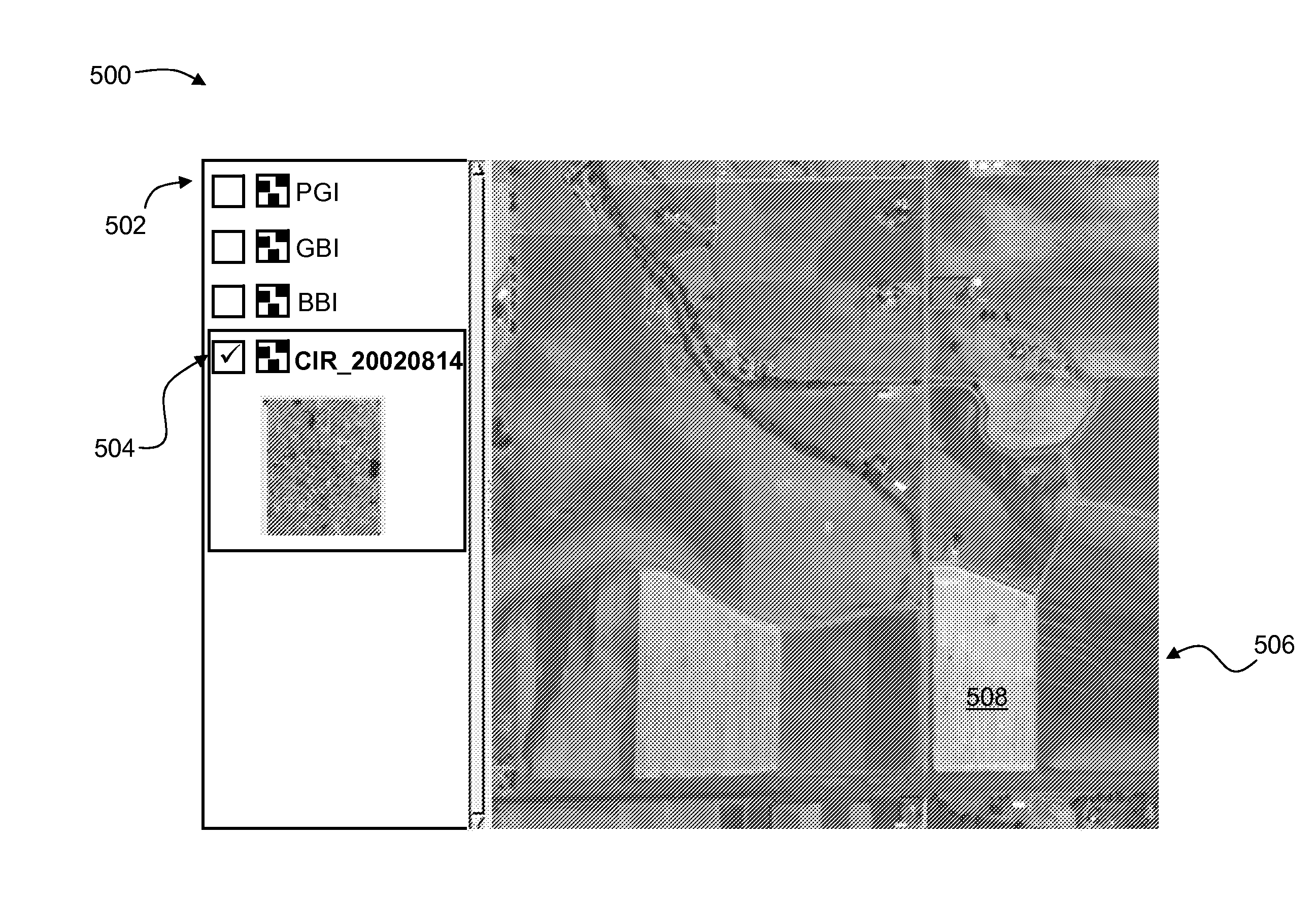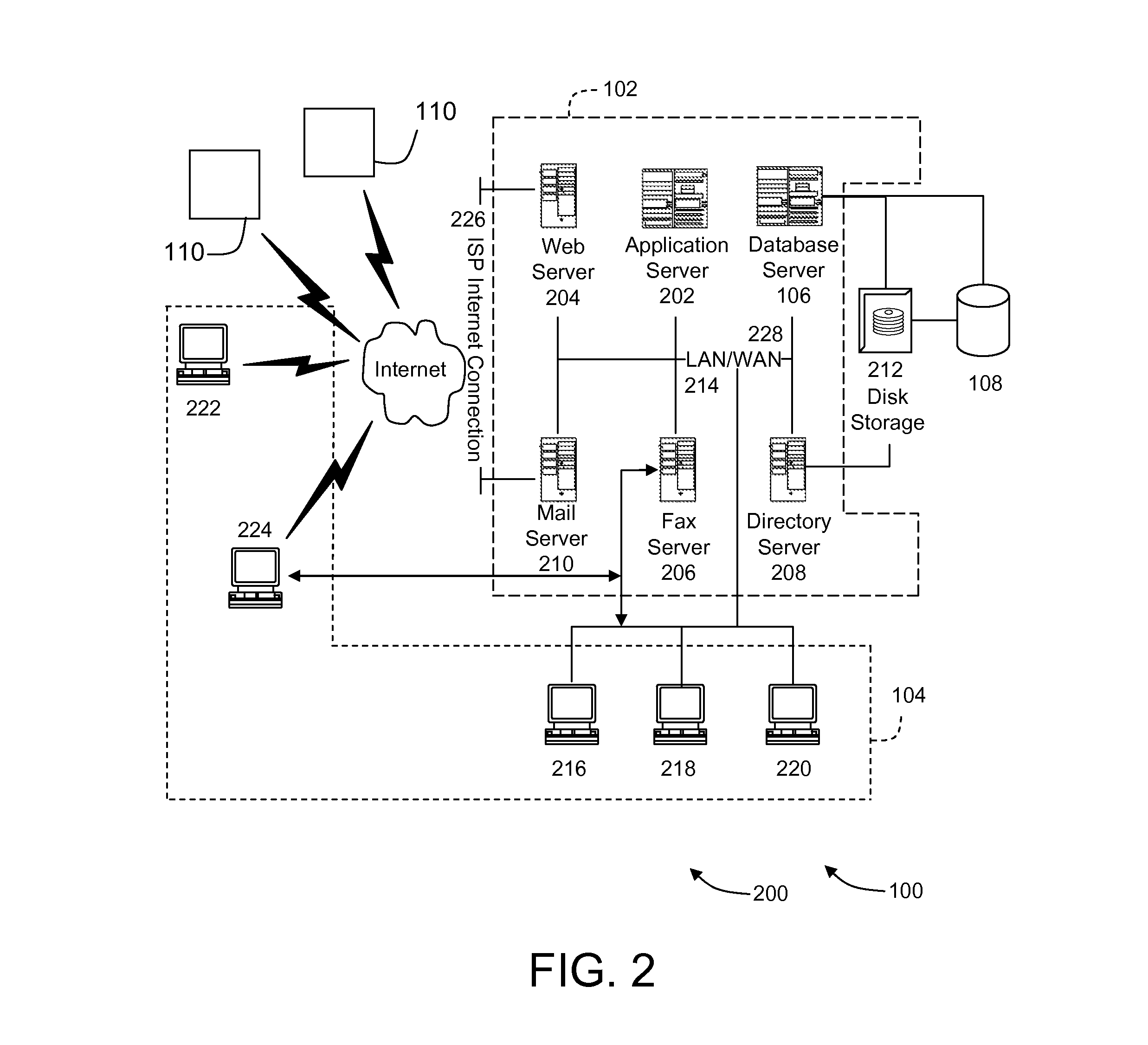Generating Agricultural Information Products Using Remote Sensing
- Summary
- Abstract
- Description
- Claims
- Application Information
AI Technical Summary
Benefits of technology
Problems solved by technology
Method used
Image
Examples
Embodiment Construction
[0031]In some embodiments, the term “remote sensing” (RS) refers generally to a non-destructive process of gathering information about an object or area of interest using an electromagnetic sensor or data collection device, while the sensor or device is not in direct physical contact with the object or area. Typical examples of agriculturally significant RS data sources include those collected by cameras on earth-orbiting satellites and aircraft. Numerous kinds of electromagnetic sensors can be used in RS applications, include sensors which collect information about absorbed or reflected electromagnetic radiation, for example, in a single spectral bands, in several multispectral bands, in many hyperspectral bands, in the visible-light region, in the near-infrared region, in the middle-infrared region, in the far-infrared region, and / or in the microwave region.
[0032]In some embodiments, the term “multispectral” (MS) refers generally to a kind of RS system that uses two or more spectr...
PUM
 Login to View More
Login to View More Abstract
Description
Claims
Application Information
 Login to View More
Login to View More - R&D
- Intellectual Property
- Life Sciences
- Materials
- Tech Scout
- Unparalleled Data Quality
- Higher Quality Content
- 60% Fewer Hallucinations
Browse by: Latest US Patents, China's latest patents, Technical Efficacy Thesaurus, Application Domain, Technology Topic, Popular Technical Reports.
© 2025 PatSnap. All rights reserved.Legal|Privacy policy|Modern Slavery Act Transparency Statement|Sitemap|About US| Contact US: help@patsnap.com



